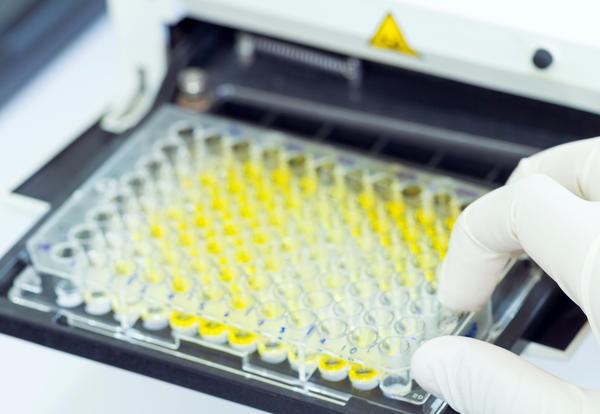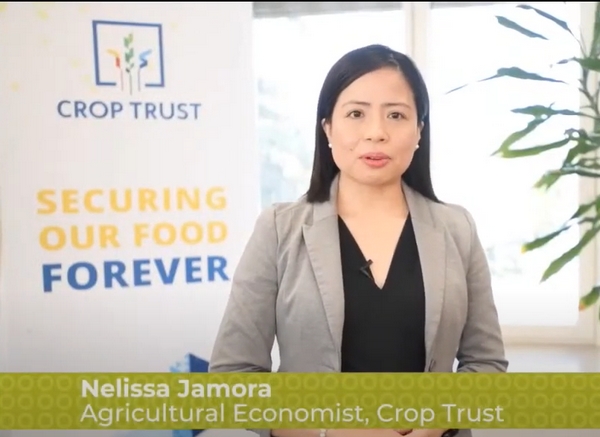The greenhouse farming industry has seen remarkable technological advancements in recent years, positioning it as a critical player in the global effort to meet the growing demand for food. These innovations are not only enhancing crop quality but also improving sustainability and productivity, making greenhouse-grown produce more appealing to both consumers and producers alike.
Technological Innovations: Shaping the Future of Greenhouse Farming
One of the key drivers of this transformation is the widespread adoption of LED lighting technology. As Ray Mastronardi, vice president of sales at Del Fresco Pure, notes, LED lighting has significantly boosted greenhouse productivity by providing more efficient and targeted lighting for plants. This technology allows growers to optimize light exposure and control plant growth cycles, even during off-seasons. When combined with other innovations like automation and robotics, greenhouses are now able to produce a wider variety of high-quality crops with fewer manual labor requirements.
In addition to lighting, automation systems have revolutionized greenhouse operations by streamlining tasks such as planting, harvesting, and packaging. In packhouses, advanced machinery has improved the speed and accuracy of sorting and packaging produce, ensuring that the crops are delivered fresh and efficiently to consumers. These technological advancements have made greenhouse farming more competitive, allowing producers to meet consumer demand for year-round, sustainably grown produce.
AI and Data-Driven Decisions: A New Era in Crop Management
At NatureSweet, another leader in the greenhouse industry, cutting-edge software and artificial intelligence (AI) are at the forefront of their operations. Jenny Halpin, NatureSweet’s senior manager of external communications, highlights the role of AI in improving data collection and decision-making. By leveraging AI, NatureSweet can predict plant health issues before they become a problem, optimize growth cycles, and enhance yield forecasting. This level of precision allows the company to better manage resources and minimize waste.
Furthermore, NatureSweet uses Controlled Environment Agriculture (CEA) techniques like fertigation and drip irrigation, which ensure that water and fertilizers are applied directly to the plant roots with minimal waste. This practice not only improves crop efficiency but also reduces the environmental impact of traditional farming practices.
Looking Ahead: A Sustainable and Efficient Future
As technology continues to evolve, greenhouse farming is poised to become even more productive and environmentally friendly. Innovations in AI, automation, and sustainable growing practices are expected to further reduce the ecological footprint of greenhouse production while boosting crop yields. This is crucial as the global population continues to grow and food security becomes an increasingly urgent issue. The ability to produce high-quality, nutritious food year-round with minimal environmental impact is an exciting prospect for the future of agriculture.
A Bright Future for Greenhouse Farming
With the rapid pace of technological advancements, greenhouse farming is entering a new era of sustainability and efficiency. From advanced lighting and AI to automated systems and precision irrigation, these innovations are reshaping the industry, ensuring that greenhouse production will play a critical role in feeding the world while minimizing its ecological impact. As we move forward, these technologies will continue to evolve, paving the way for a more sustainable, productive, and resilient agricultural system.












